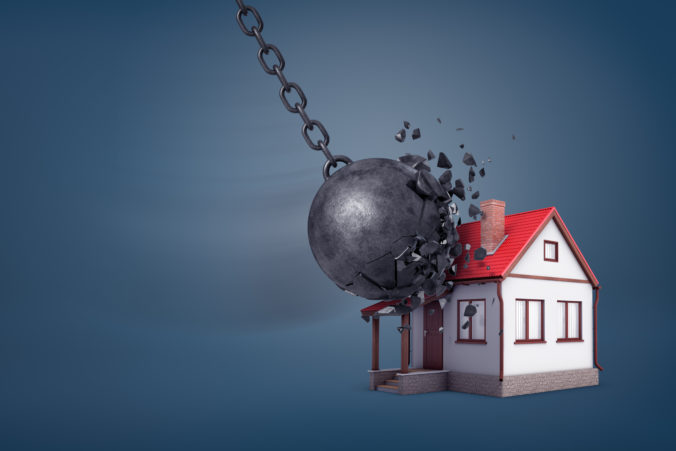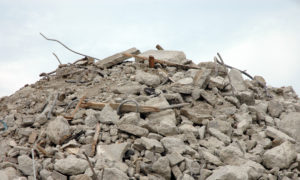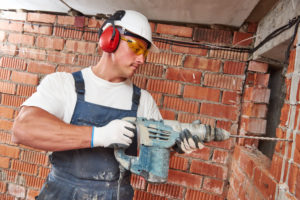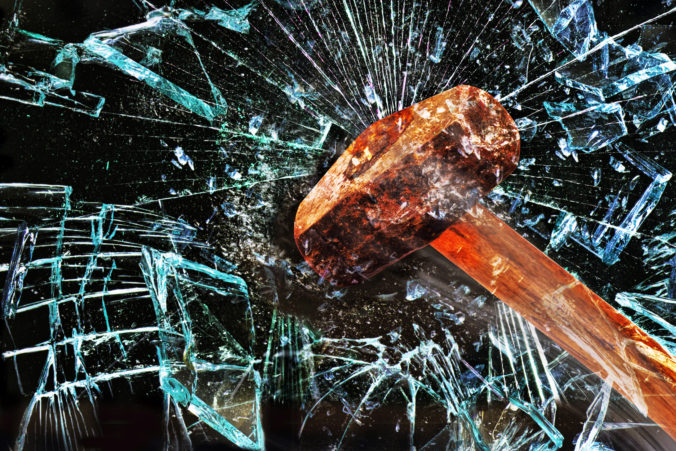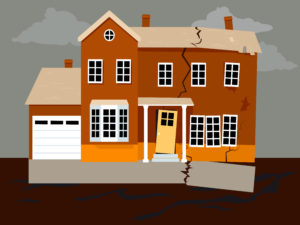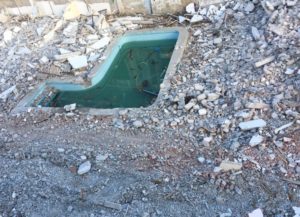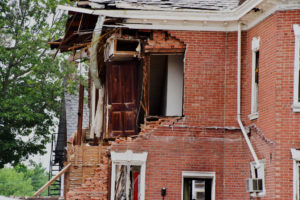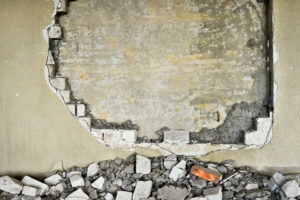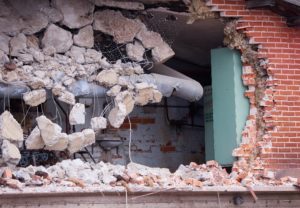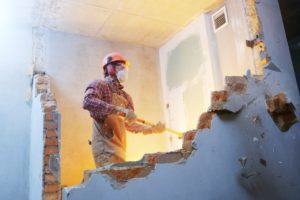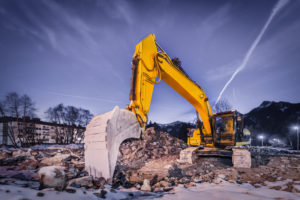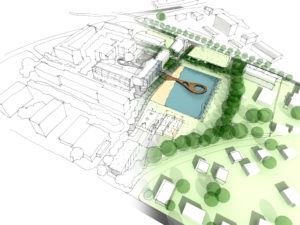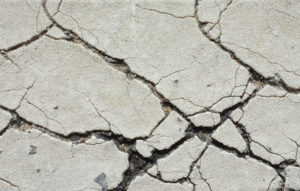An excavator is often seen on demolition sites throughout NYC. Upon a cursory look, the hydraulic excavator resembles something out of a fantastical dream; with a slow speed, twisty movements, and a sauropod-esque stature, this beast of a machine can seem like an eccentric jumble of parts. However, this very combination is what enables the whole structure to work and achieve great feats. Below are some of the highlights this structure has to offer.
Boom and Bucket
If the excavator were a long-necked dinosaur, the bucket would be akin to the “head” of the beast, and the rest of this part the “neck.” The bucket is prominently bulky, and perfectly suited for scooping up heavy objects. Famous for being a popularizer of the bucket wrist and its rotational movement, the Gradall excavator was one of the earliest excavators to attempt to make the bucket’s rotation simulate the movements of a human hand. In various cases, the bucket may be switched out with an auger, grapple, or a breaker.

Cab
Connected to the boom via the boom cylinder, the cab is the centerpiece of the excavator. The cab allows a driver to hop into the driver’s seat and operate the machine. Protected by a windshield and a door, the driver then only needs to move his or her fingers dexterously to achieve the desired excavation. The first excavator to feature the 360-degree continuous swing emerged at the German firm Demag in 1954. This hydraulic, crawler-mounted machine served as the model for years to come. Today, it’s standard practice for all machines!
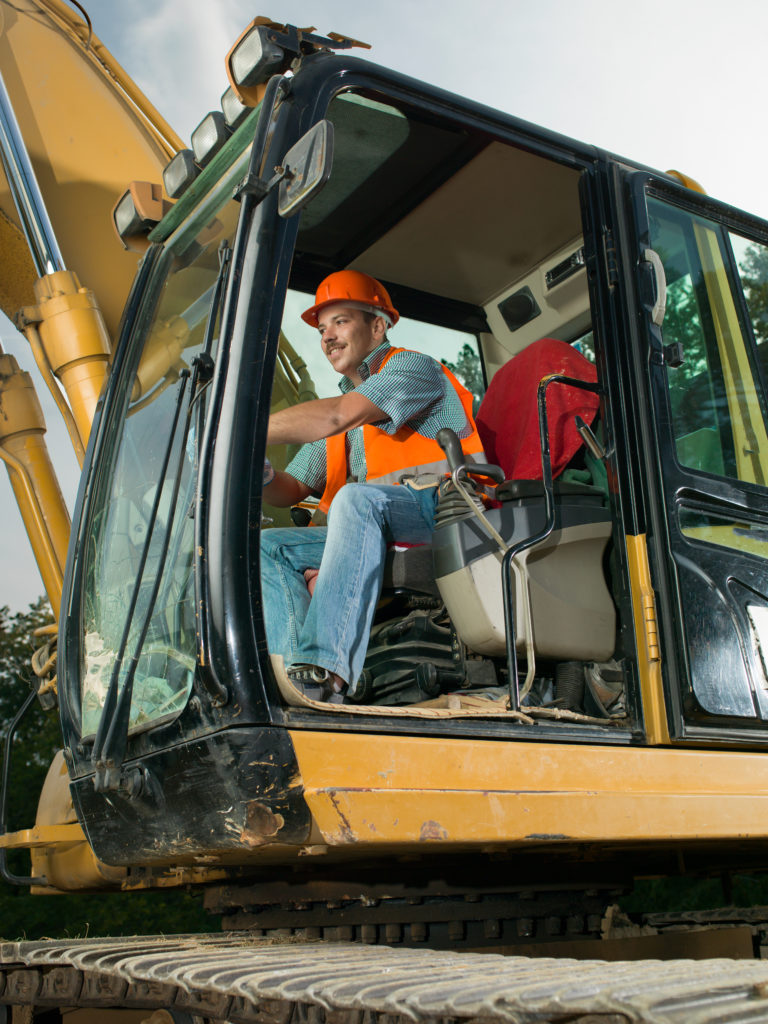
Shoe
The shoe is the foundational platform of an excavator. Located below the cab, this part is crucial for helping the machine roam smoothly across rugged terrain. Often, the shoe covers a track chain, which is prompted by top rollers and bottom rollers, which are in turn put to motion by the sprocket and the idlers. An oval track drive allows the track to loosen when moving in reverse, whereas a high-drive track drive (introduced in the 1970s) allows the track to tighten between the two idlers, making for sleeker contact between the ground and the track. The credit goes to the elevated sprocket, which is what makes the high-drive track drive form a triangular shape instead of an oval.
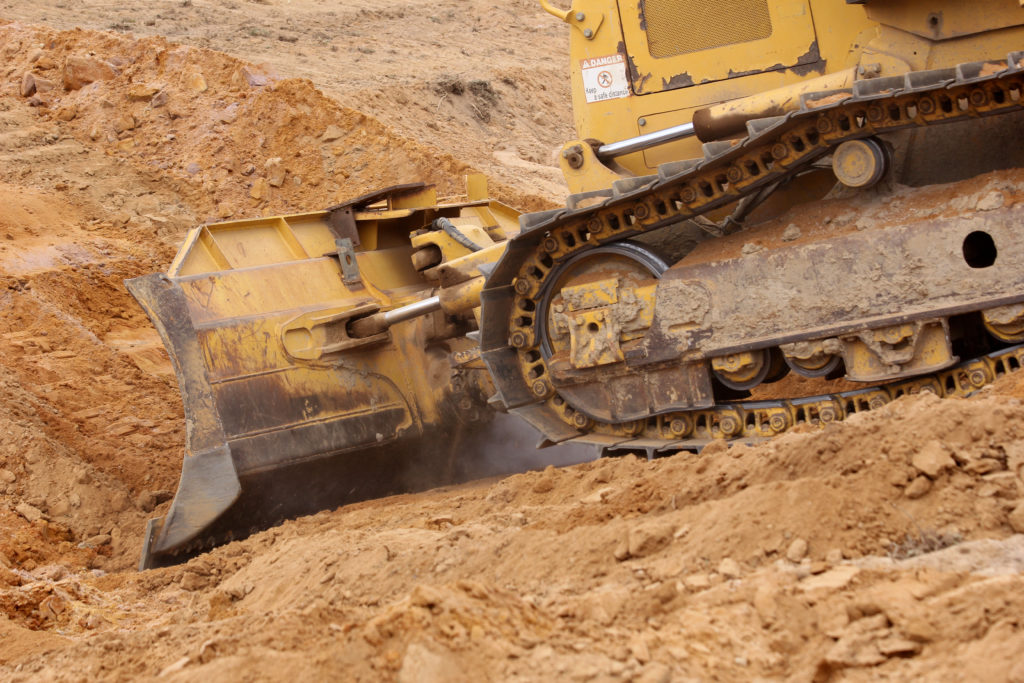
Conclusion
The parts of an excavator are numerous. Reflecting on those other parts of the beast can help us better appreciate the fascinating technology that is excavation. After all, over history, these nerd-outs are how many made improvements to their methods. To see an excavator in action and learn more about our excavation services, simply reach out to Morgan Services Group Corp!
